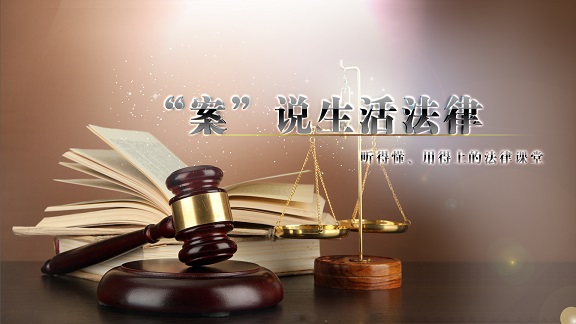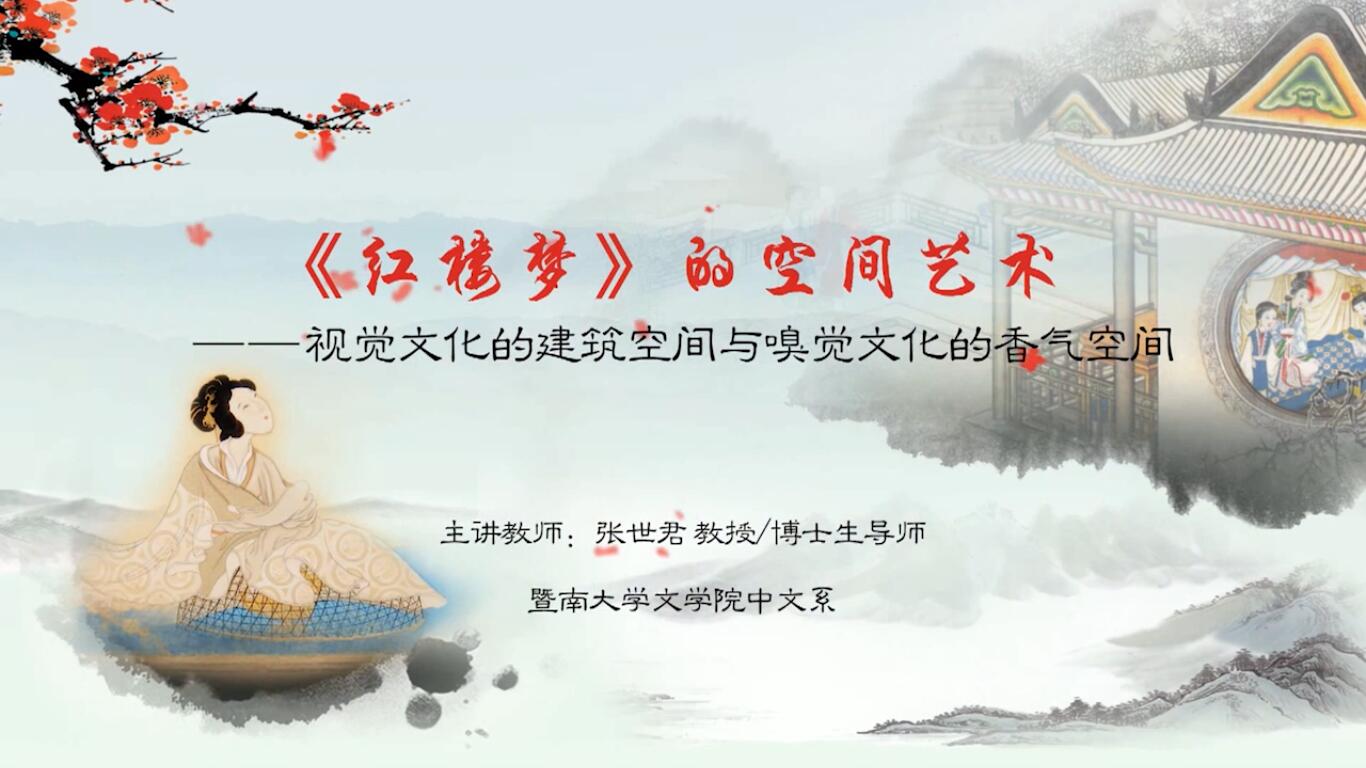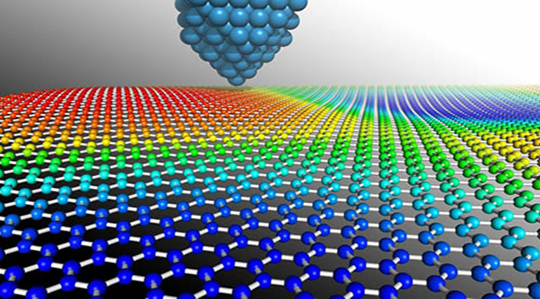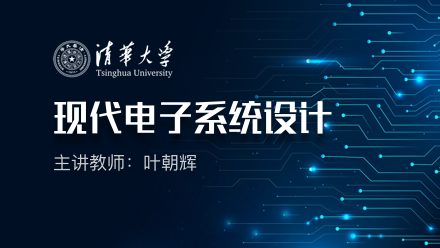
当前课程知识点:Methodology of Scientific Research > Lecture 7 Strategy of Writing Research Papers > Section 7.1 Research Papers and Writing > 7.1.3 Writing Principles
返回《Methodology of Scientific Research》慕课在线视频课程列表
返回《Methodology of Scientific Research》慕课在线视频列表
接下来我们来讲授第3节:
撰写原则和要求
在这部分我主要讲授两个方面的内容
第一,论文撰写的原则
第二,论文撰写的要求
首先我们可以来看一下撰写论文有两高原则。
哪两高原则呢?
第1点,研究者必须取得高质量的研究成果、理论实验或者是调查等等。
第2点,研究者必须具备高水平的论文写作技能。
我们可以分别来看一下这两点。
第1点,研究者必须取得高质量的科研成果,
它是最重要的,也是第一高
为什么呢?
因为它是撰写论文的基础
如果没有一个高质量的科研成果作为基础,
那么即使你有再高的论文撰写技巧也很难完成。
第2点,使研究者必须具备高水平的论文写作技能,
这是第二高
当我们有了高质量的研究成果之后,
我们必定想跟别的人来进行分享,
尤其是在学术界的一些老师和同学来进行交流。
这个时候,如果我们有高水平的论文写作的技能,
我们就可以把自己所做的研究成果、自己的想法充分的表达出来,
让别人来接受、认可、讨论甚至是批评。
尤其是当我们在往国外期刊发表论文的时候
如果你没有一个高水平的写作的技能
如果没有对国际语言具有一个很好的一个掌握能力,
那么你的论文也不大可能会被这些高水平的国际期刊所接纳。
这样,即使你取得了高质量的科研成果,
如果没有文章被发表出来也是一件比较遗憾的事情
所以这“两高”他们之间是有关系的。
我们可以说高质量的科研成果是撰写论文的基础
而高水平的论文写作技能是推出科研成果非常必要的条件。
希望同学们在写作过程当中注意这“两高”原则。
除了这“两高”原则,
在撰写论文当中还有一些其他的要求。
第1点
在文字表述方面,
大家要记住我们应该做到简洁、准确、通顺和完整。
在谋篇布局方面,
大家应该考虑的是思路清晰、条理清楚、层次分明和论述严谨。
我这里面提到的是一般来说通用的原则或者是要求
在撰写论文的过程当中,
我们还会有其他的一些要求
第1点就是学术创新性。
可能很多同学会认为学术创新性非常的难,
因为他们可能是错误的理解了学术创新性的要求
可能很多同学会认为如果要做到学术创新性,
表明的整个的研究是新的
你提出的观点是新的,
你所进行的发现是新的
从观点、研究方法到你的发现、到你的结论、到你的讨论全部都是新的。
所以很多人会认为学术创新非常的难。
其实并不是这个样子的。
中山大学的黄国文教授曾经把学术创新比喻成喝酒。
他说了很形象的这样一些句子:
学术创新可以像旧瓶装新酒、新瓶装旧酒或新瓶装新酒。
你可以看这里面有旧有新。
可能你是一个旧的研究手段
但是你出了一个新的研究成果
可能你这次的研究对象和别人不一样
那么这样子就已经算是创新了。
可以说创新没有必要完全所有东西都是新的。
只要你在研究手段、研究方法、研究结论或者是研究对象,在其中任何一个步骤只要是新的,
那么这就具有了学术创新性
第2点是我们写完论文之后一定要来注意一下论文是否具有逻辑性。
第一,你的研究问题的表述是否充分。
这反映了作者是否有一个非常逻辑的思考和考虑。
第二点,论文各部分的结构是否严谨。
这样反映出了作者是否经过了深思的熟虑。
比如说我们在写论文过程当中,
肯定有一部分是文献综述
也就是对以前人的研究状况进行总结、进行思考。
我们在写这部分综述内容的时候,
你一定要来想我为什么要选择这些研究综述
这些研究综述对我的论文对我的理论是否有支撑、是否有帮助。
所以你可以看到它并不是论文的随意堆切
并不是事实的任意的罗列
而是一种有思考的、有逻辑的一种组织结构
所以大家自己在写作的过程当中一定要注意自己整个写作的论文是否具有逻辑性。
除了这2点之外
在写作的过程当中还要注意写作的规范性
一篇研究性的论文是要供学术圈的人来进行阅读和思考的,
所以论文写作必须符合科研论文的写作规范。
你可以看一看自己论文专业当中的论文
小到标点符号的使用,大到参考文献的列举,
每一个专业都会有自己相应的一些规范
这些规范可以说是本专业学术圈内人共同遵守的。
遵守了这些规范就体现你遵守了学术圈共同约定的一些规定
也正是能够帮助你进入学术圈,
帮助你的论文顺利发表的一个很重要的手段。
-Section 1.1 Basic Concepts of Scientific Research
--1.1.1 Basic Concepts of Research
-Section 1.2 General Procedure of Scientific Research
--1.2.3 Process of Natural Science
--1.2.4 Process of Social Science
--1.2.5 Process of Technologial Science
-Section 1.3 How to Prepare for Scientific Research
--1.3.1 Motivation of Research
-Test-Lecture #1
-Section 2.1 Types and Sources of Research Project
-Section 2.2 Principles and Methods of Topic Selection
--2.2.1 Principle of Topic Selection
--2.2.2 Methods of Topic Selection
--2.2.3 Procedure and Strategy of Topic Selection
-Section 2.3 Information Collection of Project
--2.3.1 Type, Collection and Search of Information
-Test-Lecture #2
-Section 3.1 Typical Research Methods
--3.1.1 Level of Research Method
--3.1.2 Concept of Research Method
--3.1.3 Typical Research Methods
-Section 3.2 Typical Thinking Modes
--3.2.1 Thinking and its Characteristics
--3.2.2 General Innovative Thinking
--3.2.3 Typical Thinking Modes
-Section 3.3 Analysis of Research Cases
--3.3.1 Question Description and Concept
--3.3.2 Three-Level Theory of Problem
--3.3.3 Train of Question Consciousness
-Test-Lecture #3
-Section 4.1 Research-oriented Scientific Design
--4.1.1 General Scientific Design
--4.1.3 Example of Research Design
--4.1.4 Other kinds of Research Design
-Section 4.2 Experimental Scientific Research Design
--4.2.4 Example of Experimental Design
-Section 4.3 Application-oriented Scientific Design
--4.3.1 Basic Concepts and Significance
--4.3.3 Example of Applied Design
--4.3.4 Train of Research Skills
-Test-Lecture #4
-Section 5.1 Initial Entry into the Research Group
--5.1.2 Consider Research Outline
-Section 5.2 Analysis of Scientific Research Cases
--5.2.1 Example of Correct Topic Selection
--5.2.2 Example of Team Cooperation
--5.2.3 Test of Non-invasive PDM
-Section 5.3 Research-based Learning and Research
--5.3.1 Overview of Research Learning
--5.3.2 Research-based Learning
--5.3.3 Research Train for Undergraduates
-Test-Lecture #5
-Section 6.1 Scientific Research Strategy and Tactics
--6.1.1 Strategy in Research Work
--6.1.2 Tactics in Research Work
--6.1.3 Research Group and Management
-Section 6.2 Scientific Research Tactful Operation
--6.2.3 Typical Research Planning
-Section 6.3 Discrimination of Research Obstruction
--6.3.2 Origin of Research Obstruction
--6.3.3 Case of Research Obstruction
--6.3.4 Strategy to Remove Obstruction
-Test-Lecture #6
-Section 7.1 Research Papers and Writing
--7.1.2 Writing Research Paper
-Section 7.2 Rules for Submission and Publication
--7.2.1 Preparing for Contribution
--7.2.2 Process of Publication
--7.2.3 Strategy of Contribution
-Section 7.3 Examples and Analysis of Paper
--7.3.1 Basic Structure of Paper
--7.3.3 Introduction, Main Content and Conclusion
-Test-Lecture #7
-Section 8.1 Introduction of Invention and Creation
--8.1.1 Generality of Invention
--8.1.2 Principle of Invention
--8.1.3 Risk and Protection of Invention
-Section 8.2 Patent Types and Applications
--8.2.1 Characteristics and Types of Patent
--8.2.3 Process of Applying Patent
-Section 8.3 Patent Examples and Analysis
--8.3.1 Example of Invention Patent
--8.3.2 Example of Utility Model Patent
--8.3.3 Example of Design Patent
-Test-Lecture #8
-Section 9.1 Characteristics, Types and Titles of Academic Conferences
--9.1.1 Characteristisc of Academic Conference
--9.1.2 Types of Academic Conference
--9.1.3 Title of Academic Conference
-Section 9.2 Basic Elements and Report Types of Academic Conferences
--9.2.1 Basic Elements of Conference
--9.2.2 Types of Conference Report
-Section 9.3 Main Points, Syntax and Summary of Academic Reports
--9.3.1 Writing and Accepting Conference Paper
--9.3.2 Exercise before Reporting
-Test-Lecture #9
-Section 10.1 Character and Type of Researcher
--10.1.1 Basic Moral of Researcher
--10.1.2 Moral Outlook of Researcher
--10.1.3 Talent Type and Innovative Quality
-Section 10.2 Research Ethics and Academic Norms
--10.2.1 Generality of Research Morality
--10.2.3 Monitoring Measure of Research
-Section 10.3 Research Relationship and Incentive Mechanism
--10.3.1 Generality of Research Relation
--10.3.2 Typical Research Relation
--10.3.3 Research Incentive System
-Test-Lecture #10




